Mediocre gear might last a season, but iconic gear lasts a lifetime. Wilderness uncovers eight classic pieces of outdoor equipment and the stories behind their success.
1. Rab Microlight $349.95
The Rab Microlight was one of the first micro-baffle down jackets available when released for the winter season of 2008.
“The original brief was for a piece which packed so small that it could be stuffed into its own pocket, and clip to a climbing harness,” Rab’s Ben Manwaring says.
“Most down jackets at the time were mid-weight and designed to be worn as static insulation. With the trend moving towards lighter and faster alpinism, we saw an opportunity to produce a lighter, more packable down jacket.”
The jacket’s key materials are mostly unchanged, but minor upgrades throughout the jacket’s history have kept it from dating, including an upgrade to hydrophobic down and zip pockets.
Manwaring puts the product’s success down to its versatility.
“It can be worn as a standalone insulation piece, or used as part of a layering system if the conditions worsen,” he says.
“It quickly became a go-to jacket for spring, autumn, and summer – a time when many of us are active in the mountains.”
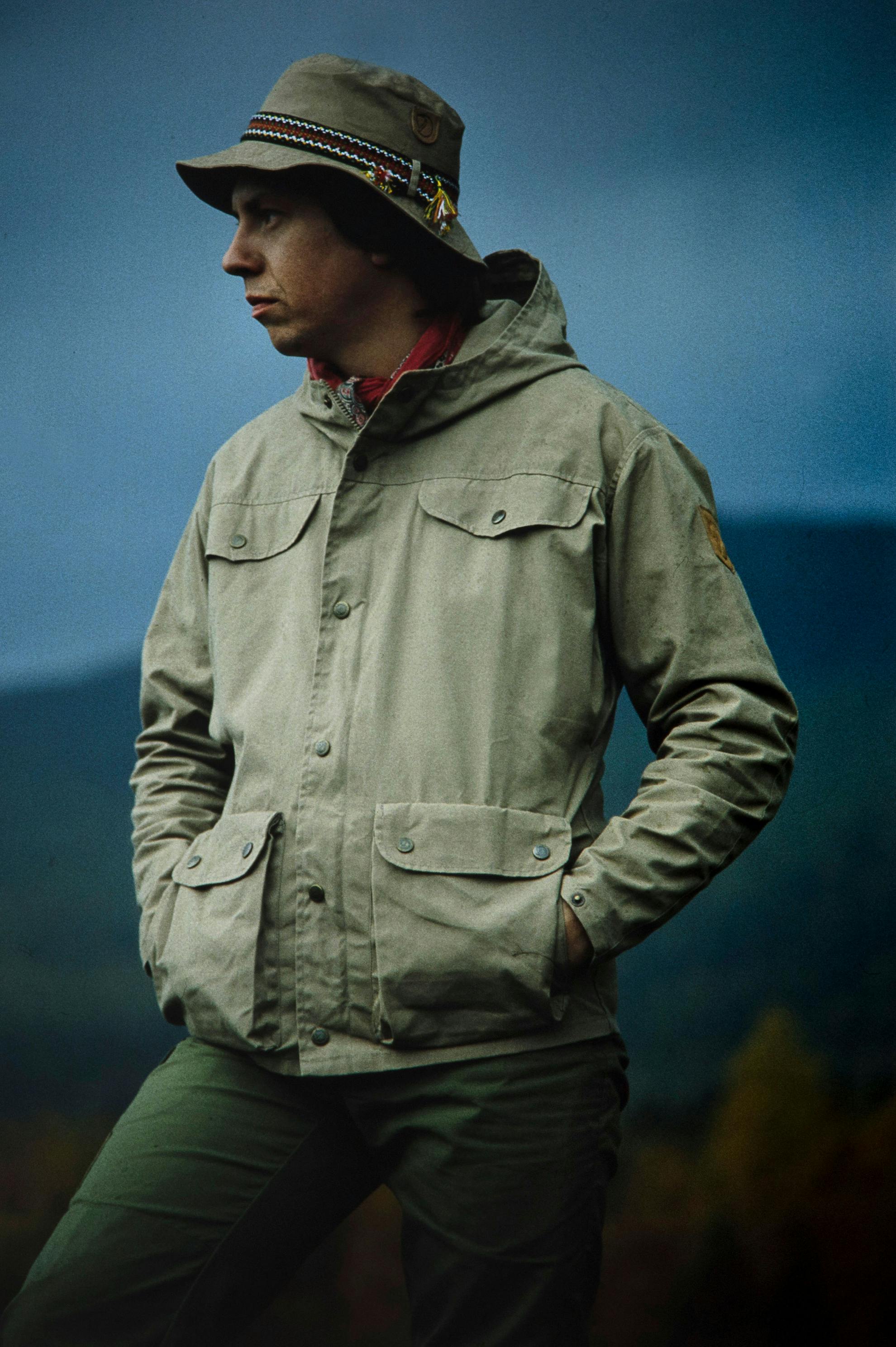
2. Fjällräven Greenland Jacket $348
Half a century on from its release, the Greenland Jacket remains largely unchanged.
Designed in 1968 for mountain climbers by Fjällräven founder Åke Nordin, the original jacket used durable fabric intended for a tent project and a mixture of beeswax and paraffin for water resistance.
Two chest pockets completed the design; one for maps, and one for cigarettes – a real sign of the times. Side pockets – since added – were seen as unnecessary, as climbers could not reach them when harnessed.
Fjällräven head of innovation and design Henrik Andersson says functionality and durability were key design points.
“It had to be strong enough for life on vertical rock walls and weather-resistant to protect its wearer from wind, snow and rain,” he said. “It also should dry fast, be breathable and have a comfortable, roomy fit that allows movement without restriction.”
Sustainability has become a principle of Fjällräven’s design philosophy, Andersson says.
“We are convinced that products that last longer – due to durable materials and a timeless design – are better for the environment than trendy items that only last one season.”
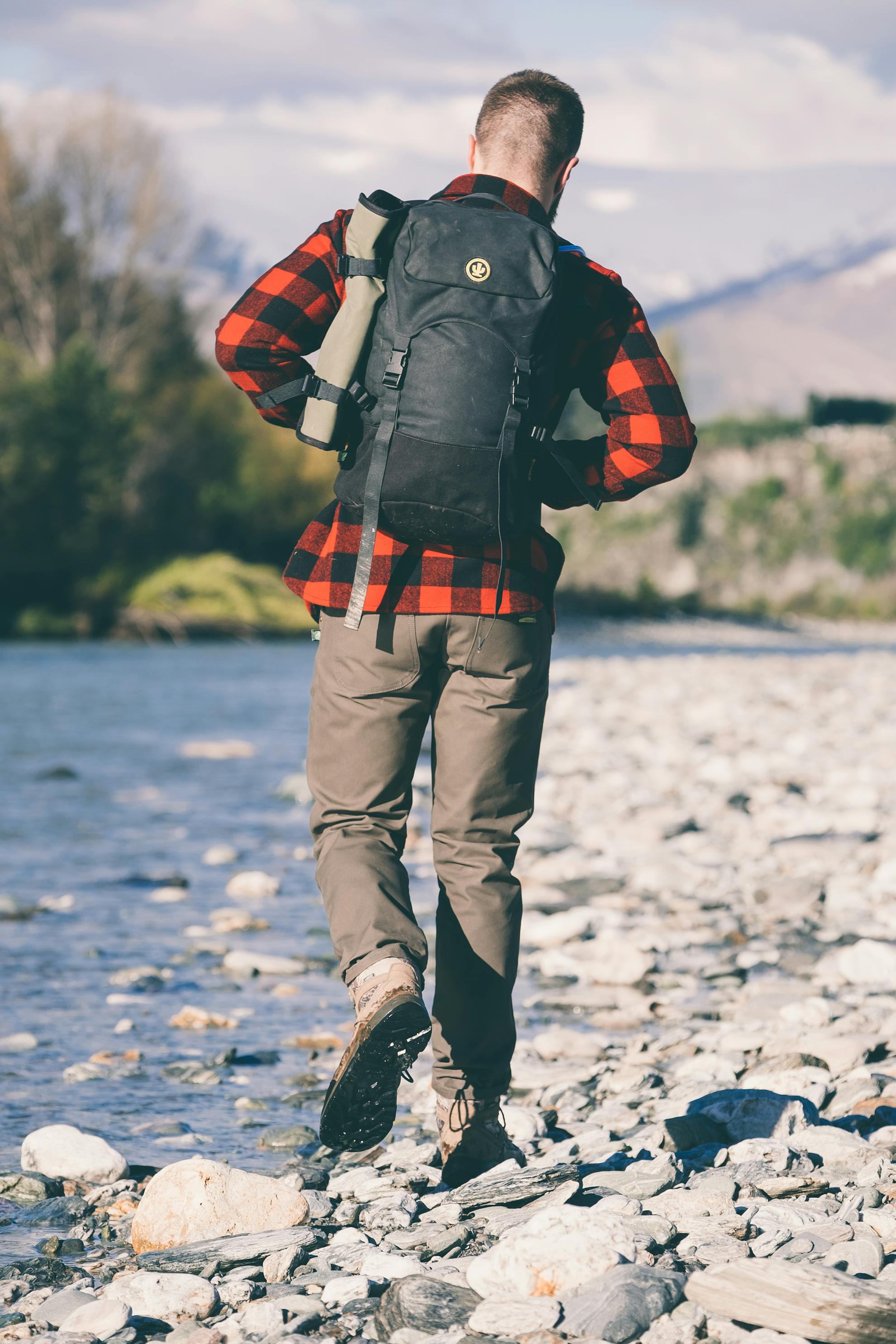
3. Cactus Miklat $249
Simplicity was paramount for Cactus co-founder Gwilym Griffith-Jones when designing the Miklat daypack for its 1996 release.
The sturdy 40-litre canvas pack is purposefully lacking in bells and whistles and has endured 23 years without any changes in design.
“Simplicity is appropriate in outdoor gear design, as the gear gets used and stressed in all the ways you imagine and many you can’t foresee,” Griffith-Jones says.
As a made-in-New Zealand brand, Griffith-Jones says labour costs have helped drive their design philosophy. “We have always had the restriction of labour cost to drive design, which I think has been a positive pressure on how we considered our products.”
Faithful to the Cactus mantra ‘gear that wears in, not out’, the Miklat is made of rough-wearing canvas.
“At the time, there was no other fabric that offered the strength and water resistance while being nice and tactile in daily use – I actually still think there isn’t anything out there that beats it, even now,” Griffith-Jones says.
In use, the Miklat is as simple as packs come: top-loading with two straps, and no unnecessary buckles, straps, toggles or zips.
Griffith-Jones believes starting simply, and not changing the pack unnecessarily, has kept it relevant and successful.
“I really believe this constant attempt to evolve that which is already close to perfect is a mistake and pretty exhausting to the consumer,” he says.
The pack was born from Griffith-Jones’ experience as a ski patroller.
“I was using a pack daily to carry heavy explosives and with gloved hands, it really made me appreciate the simple straight sack and lid pattern versus tapered sack and zip designs.
“I still think it’s the cleanest and most comfortable form for a flexible-use daypack – easier to get stuff in an out of and the most waterproof.”
In the design’s simplicity is a versatility, which makes it a “reliable companion” for many scenarios.
“I think daypacks are quite personal bits of equipment – outdoors people often use them every day, to ride to work, walk to school, hike in the weekend or pop out to the dairy. We really wanted to make a pack that stood up to that sort of continual use,” Griffith-Jones says.
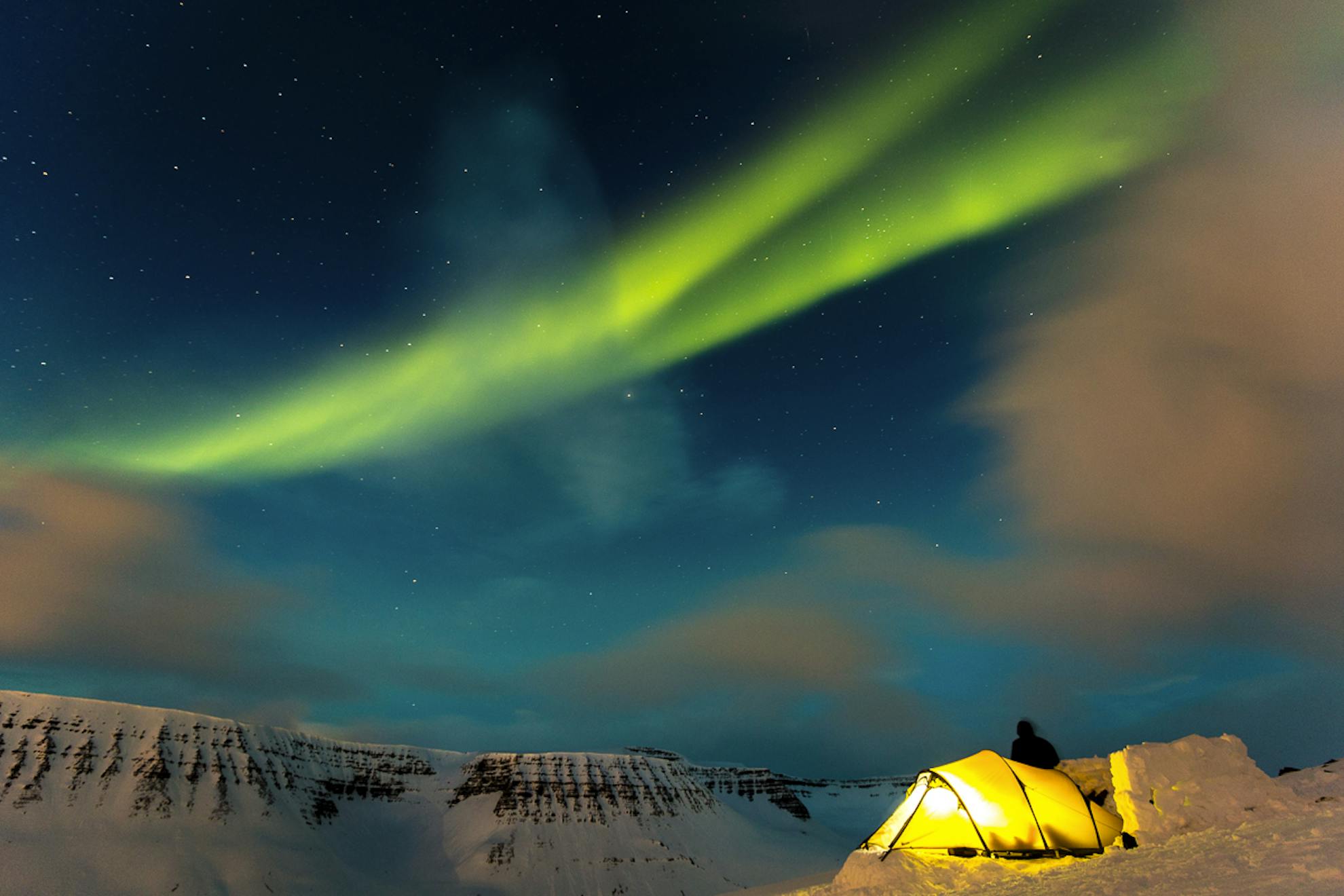
4. Macpac Olympus $1099.99
“If you want a tent to rely on in a Fiordland downpour or an alpine blizzard in the Southern Alps, give me an Olympus any day.”
It may sound like a marketing campaign, but for Macpac commercial manager John Pearce, it comes from a place of experience – the Olympus has kept him dry and safe in the backcountry for more than three decades.
He recalls a night spent camping at the West Coast’s Welcome Flat, trapped by flooded rivers and rain so heavy, he could see only two metres ahead.
“Waking up during the night, it was like being on a lilo – there was so much water running under the tent, the floor was rippling. But we stayed dry.”
An adventure on the Lewis Pass tops saw Pearce camp through winds so fierce, the gusts would flatten the tent fly onto his face.
“The wind was coming through sounding like a freight train, and the tent would rattle away but always hang in there. I got out to see if we should abandon it, and I couldn’t even stand up.”
Designed for New Zealand’s harsh alpine conditions, the Olympus has been a go-to for Kiwi trampers for 35 years.
Its designer, Fraser McLachlan, was fresh out of university when Macpac hired him to work on the now iconic tent – his thesis in tent aerodynamics made him the perfect candidate.
Having tested various tent shapes in a wind tunnel, he discovered three pole tunnel tents to be an excellent compromise of weight, size and stability in rough conditions.
“Most alpine tents were dome-shaped, which stood up well against snow loading, but created more aerodynamic lift. The Olympus, being a tunnel tent, is a stronger structure than a dome, and I proved in a wind tunnel that if it’s well pitched, it’s better in high wind situations,” says McLachlan.
The tent has gone through several changes in its lifespan, including a shift from two vestibules to one, the addition of a second door, and a colour change from its original purple to bright yellow.
Its multi-pitch design, which allows the fly to be pitched independently to the inner tent – or all at once – was a breakthrough in tent design, McLachlan says.
“It made the tent easier to put up in one piece and not get soaked in the process,” he says.
McLachlan puts the continued success of the Olympus down to its strong heritage in the tramping community.
“The product name lives on – you could probably put the Olympus name on anything and it would still sell,” he says.
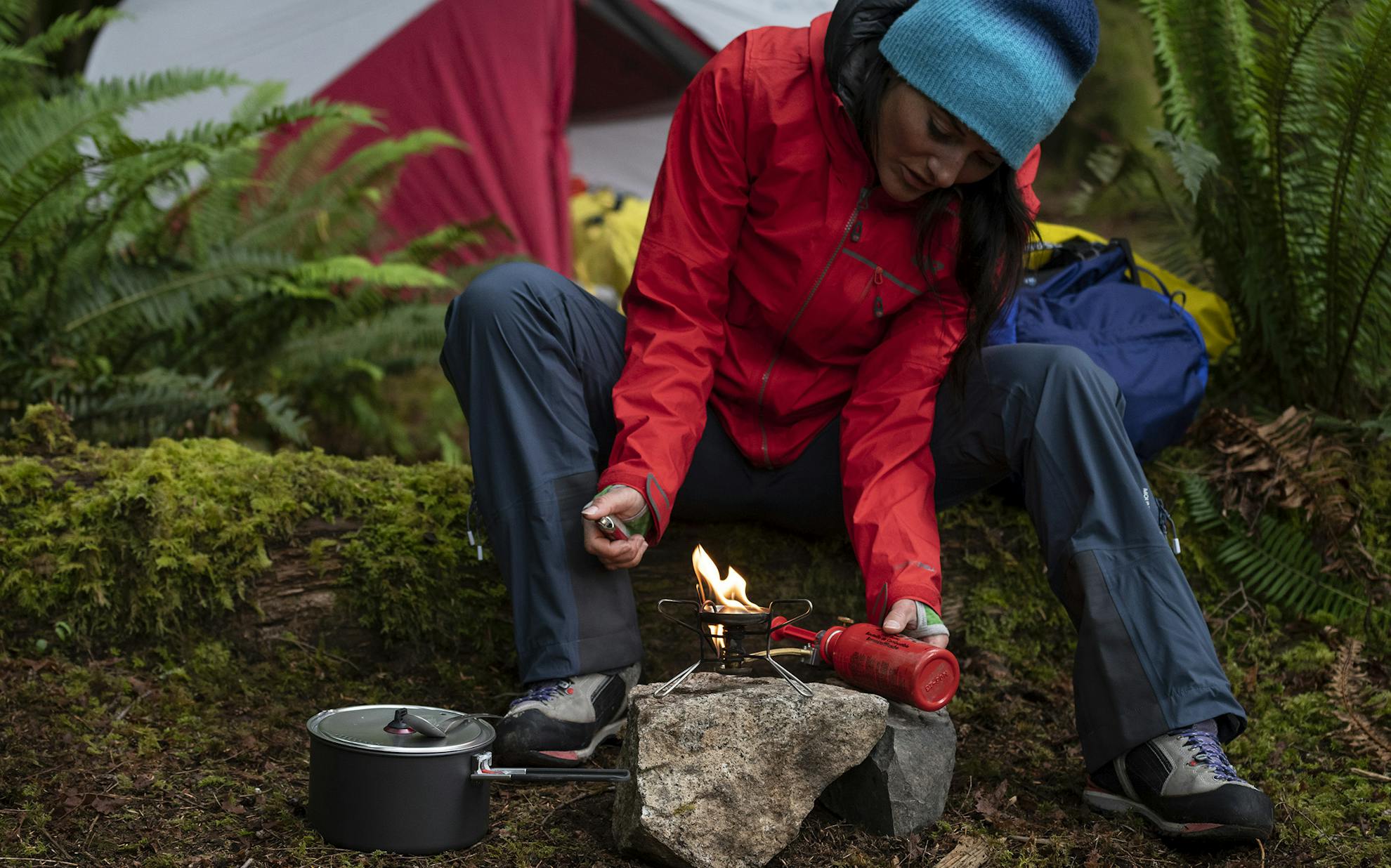
5. MSR WhisperLite $219.99
Since its 1982 debut, the MSR WhisperLite’s reputation for reliability and durability have made it the stuff of legend.
Named for its quiet burn and lightweight finish, the stove was an instant hit in the 80s – outperforming most of its class in boil time and weight.
Although larger than many of today’s small canister stoves, consumers continue to choose the WhisperLite for its reliability and sustainability.
“Backpackers are increasingly appreciating the sustainability of liquid fuel stoves that use refillable fuel bottles instead of fuel canisters,” MSR stoves and combustion manager Scott Youmans says.
The WhisperLite will operate with numerous fuel types making it a good choice for international travel and, because it’s easy to repair in the field, it’s a favourite with backpackers, Youmans says.
Best of all, however, the old models seem to just keep on burning.
“Our Seattle repair shop helps to maintain these decades-old stoves as needed, and has hundreds of stories of multiple generations of outdoors people sharing a WhisperLite Stove through the years,” Youmans says.
“Most of the feedback comes in the form of positive memories and nostalgia from backpackers who experienced the outdoors with their parents or grandparents, who passed the stove down to them.”
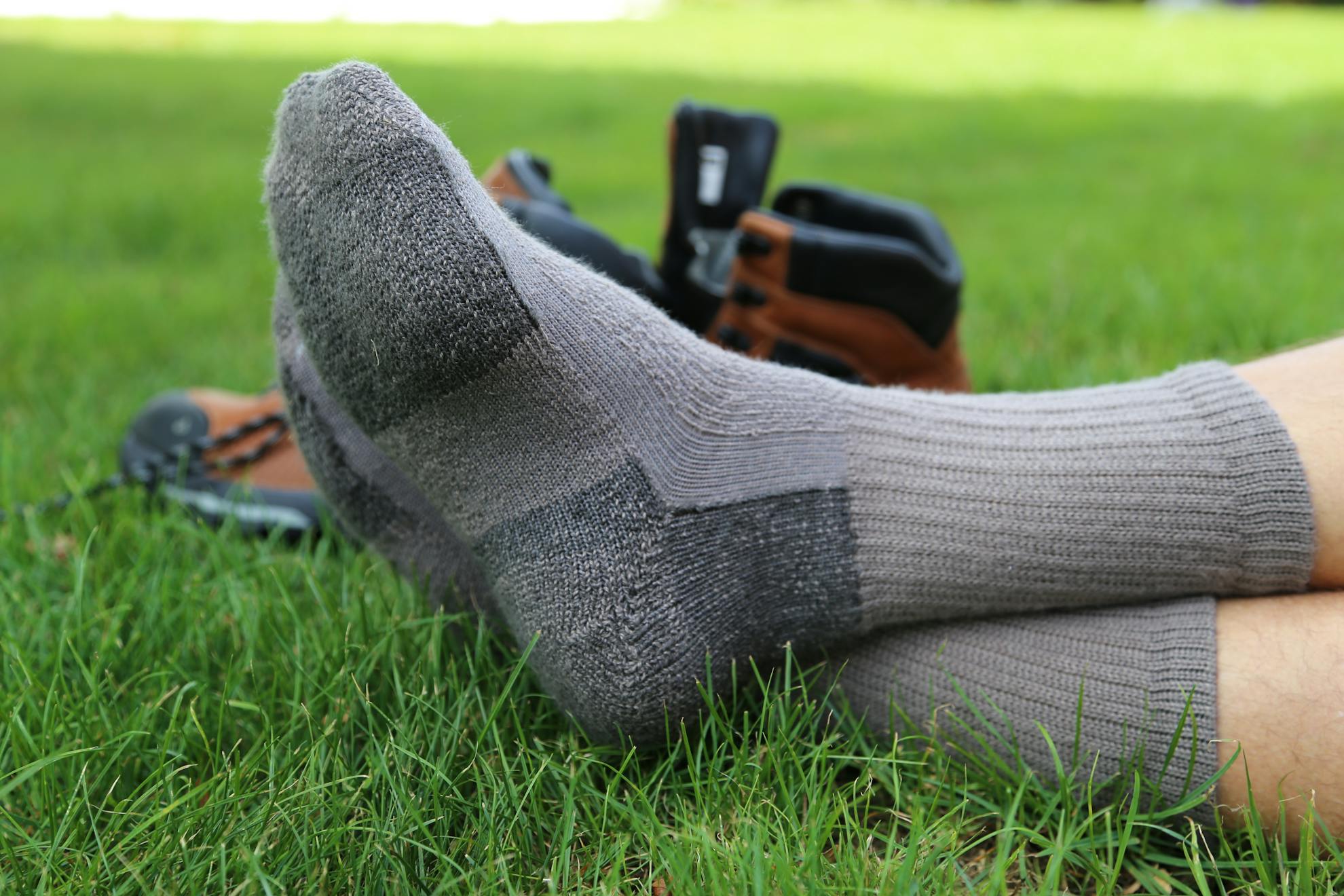
6. Thorlos KX Hiker $39.99
Thorlos KX Hiker socks have been cushioning the feet of trampers for 32 years.
Developed in 1987, the KX was designed specifically for hiking and backpacking, Thorlos’ Rick Mende says.
“It debuted at a time when the primary type of hiking socks were rag wool socks that did not wear terribly well and did not protect the feet against the heavy leather hiking boots of the day,” he says.
The KX used resilient man-made fibres to wick moisture and became the standard for durable outdoor socks.
Mende believes the product has stood the test of time because it follows the natural anatomy of feet, and provides padding accordingly.
“The human foot has not changed much in the last 30 years – it has only gotten a little bigger on average – and despite the evolution of outdoor footwear, the weight-bearing areas of the feet always need to be protected,” he said.
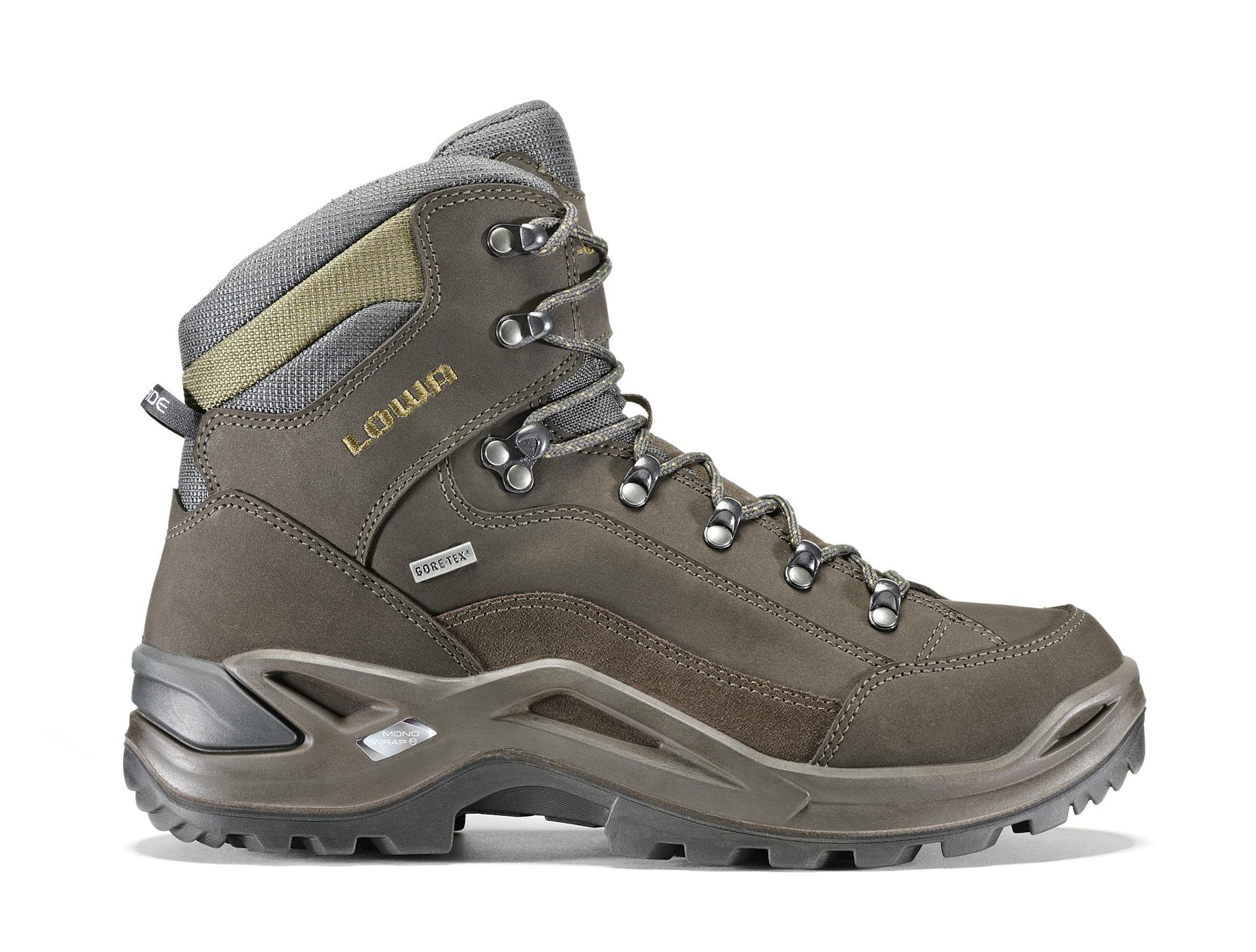
7. Lowa Renegade $489
Launched in 1998, the Lowa Renegade has become synonymous with lightweight tramping footwear.
The boot is the biggest-selling in Lowa’s range.
Outdoor retailer Living Simply’s Ben Sinclair has stocked the Renegade for more than 10 years, and puts its success down to its versatility.
“You can’t buy one boot to do everything, but the Renegade is about as close as you can get,” he says. “It’s right in the middle of being a tramping boot and a day hiking boot – it’s light but it’s got a lot of support.”
The boot has been constantly updated throughout its lifespan, but kept its “timeless silhouette,” Sinclair says.
“It looks classic, but at the same time it’s progressive and modern – it’s just a brilliant design.
“Most people love it, and they’ll come back for a second pair.”
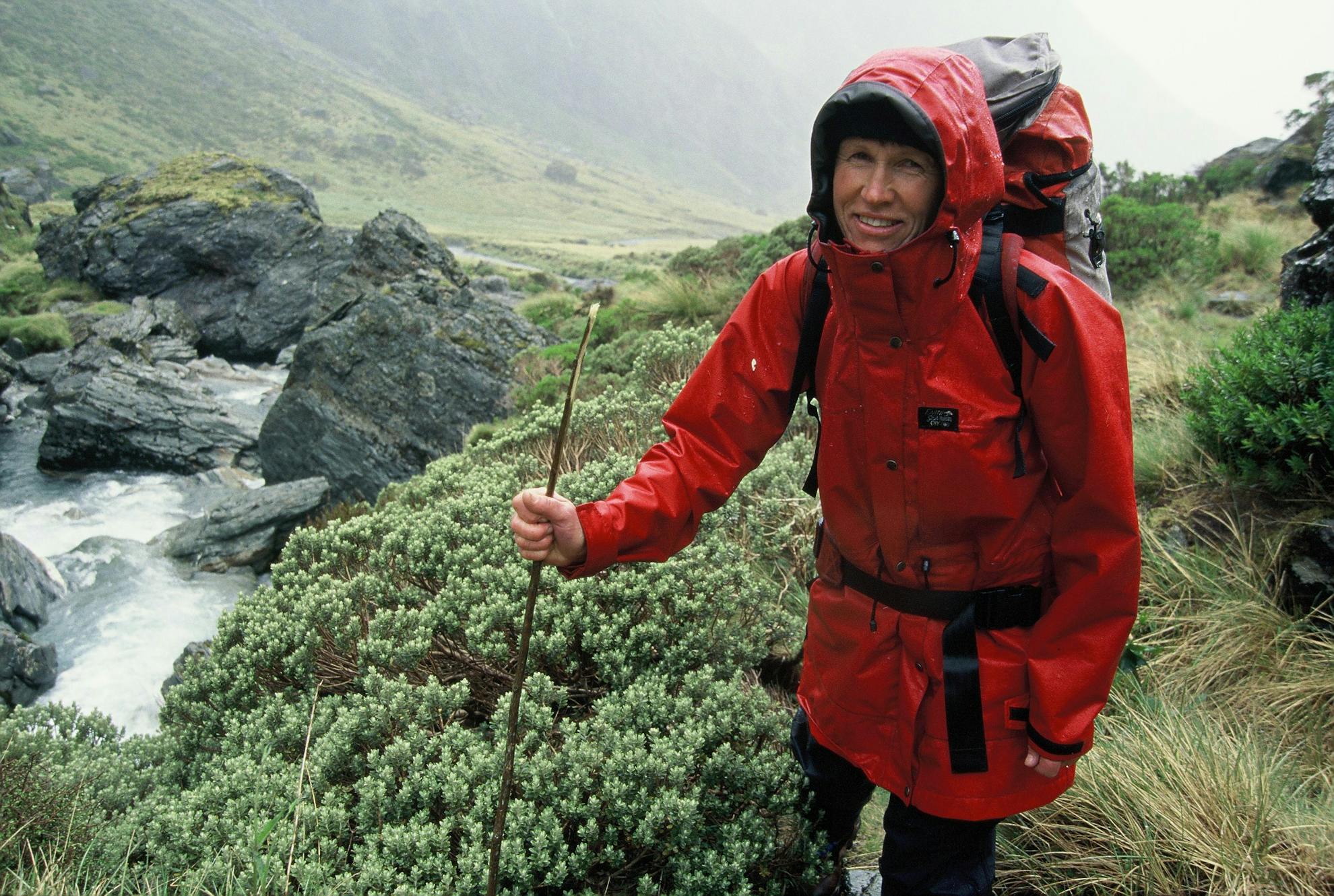
8. Earth, Sea, Sky Hydrophobia $549
Earth, Sea, Sky manager David Ellis reckons the Hydrophobia is the “quintessential New Zealand jacket”.
First released as the Hydro in 1999, the company’s flagship jacket is made in Aotearoa for the New Zealand outdoors.
“We’re a company of mountaineers, we’re out there using the gear ourselves, and we’re pragmatic,” Ellis says.
“We use old Kiwi designs, that have been tried and tested, and we seem to be keepers of those designs these days.”
The Hydrophobia has remained largely unaltered in its 20-year lifespan, but small tweaks have been constant, and responding to customer feedback has been a staunch principle of the design team, Ellis says, recalling a consumer who complained his pockets were filling with water during downpours.
“We changed the design and built a major leak hole in the corner of the pockets to solve the problem,” he says.
“The changes we make are often little things that people don’t realise.”
Where other brands cut back on fabric and weight to create a tapered fit, the Hydrophobia has always been a large-fitting jacket, covering the upper thighs and hands.
“It’s literally a tent,” Ellis says. “It’s a dismal day when you go out in the rain and after half an hour you’re walking around in wet underpants and shorts. It’s important that your sleeves can cover the tips of your fingers on a cold wet day so you don’t need gloves.”
The Hydrophobia has jumped between fabrics several times, due to industry changes or decisions in quality.
The original Hydro was made of three-layer Gore-Tex, but two years into production, Gore decided to stop supplying to companies purchasing small quantities.
“Our annual purchase at the time was about half of what they set as the absolute minimum,” Ellis said.
In response, Earth, Sea, Sky switched to a Japanese fabric called Gelanots, which they stayed with until 2010 when they changed to Toray – another Japanese supplier.
The Hydrophobia retail price puts it at the high end of rainwear, but Ellis says the company believes in performance, and won’t take shortcuts to compromise the product’s reputation.
“If you can show customers the quality, they will believe it’s worth it,” he says.








